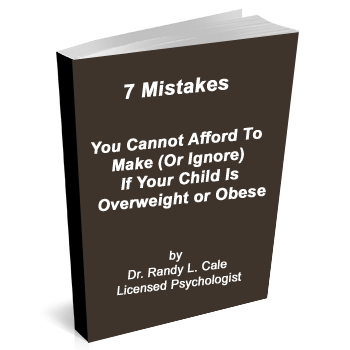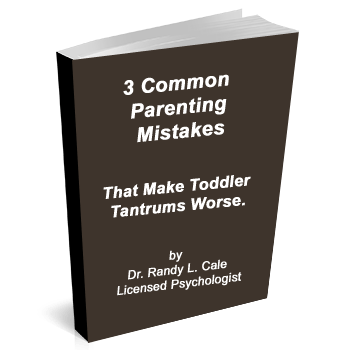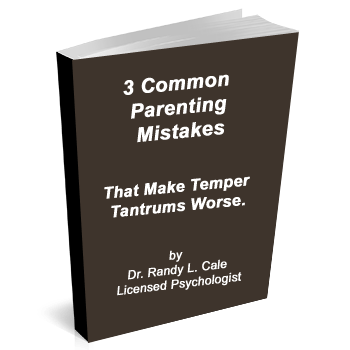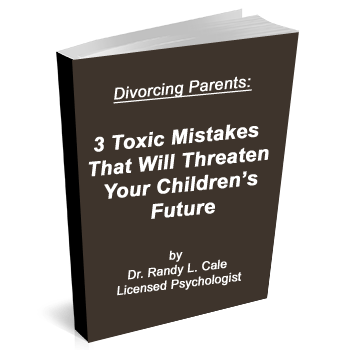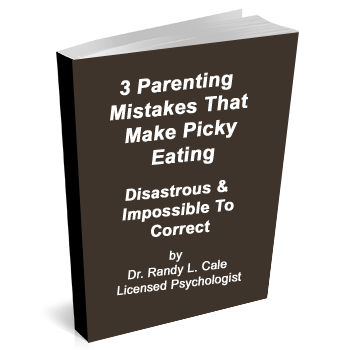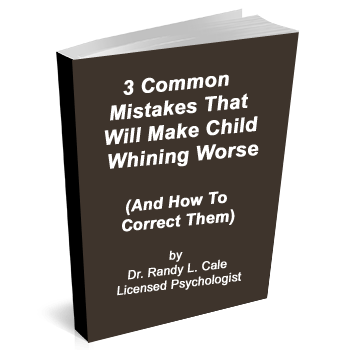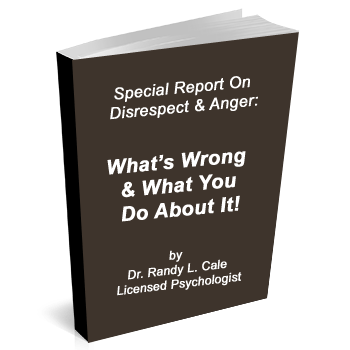Last week we covered the issue of choice and how we absolutely love having more options. We love to choose, and we particularly love to choose to have MORE and MORE stuff. Much of the drive we humans experience, both the good and the bad, is powered by the infamous neurotransmitter dopamine.
Dopamine is the source of drive, motivation, desire, and wanting. When dopamine is compromised, we lose our drive and motivation. Yes, if hungry, we will still eat. We just won’t put much effort into eating well. Open the bag of chips, order a pizza, and we are still sitting on the sofa.
Dopamine is also responsible for our drive, problem-solving, and initiative to build, create and acquire. Most, if not all, of the innovations in our world, are likely attributed to the dopamine’s timely release when ideas arise. It’s safe to say; that dopamine is invaluable for us humans to thrive. Thus, in a sense, we must appreciate this remarkable brain juice that is the source of energizing us to move, grow, change and evolve.
The Other Side of Dopamine
A big surge of dopamine can create a rush and a feeling of power. With this comes an emotional flood, a feeling of strength and control. Yet, dopamine’s effect is fleeting and lacking. It’s there, and then it’s not. It leaves us wanting more after these big surges.
It’s the tennis player dominating another with a crushing forehand, who screams with a fist pump of celebration. However, this moment is remarkably fleeting as the player rushes to the next serve to repeat this moment.
It’s the gamer in your basement, going on for hours upon end, with an occasional ‘YES’ moment that sounds like a victory but again, it’s rarely enough.
It’s the addict who can’t stop reaching for the ‘high.’ Yet, the supposed high is not really a high at all. It’s a fleeting moment that immediately leads to wanting more of the same moments.
Yet, dopamine need not control us, just with huge surges of excitement. We live in a culture where getting more and having more is our norm. Is this a problem?
“I Can’t Get No… Satisfaction…And I Try, and I Try… And I Try…”
The Rolling Stones captured the experience of being dopamine-driven decades ago in their famous lyrics proclaiming a lack of satisfaction, despite trying and trying. In a sense, we are living in a culture highly attached to the whims of dopamine. We work hard and then work harder once the kids arrive. We seek to get a bigger home and bigger boat and often voraciously pursue the next career advance despite the price we know we must pay.
In my practice, I see parent after parent bring their children in for Neurofeedback therapy because their children are anxious or depressed. Of course, they want their children to thrive and are seeking solutions. Yet, as I often must point out, technologies like Neurofeedback can transform lives, but the fundamentals cannot be ignored.
If we model the incessant (dopamine-driven) behaviors of always seeking more, then we cannot teach our children about satisfaction and joy. These yummy emotions are derived from the sense that this moment is enough, even if I am planting seeds for the next harvest.
In other words, we can and will get satisfaction if we stop chasing the next moment long enough to pause at this moment and be grateful. We must fight the dopamine urge to do the next thing or think about what’s next.
Thus, we could look around and notice all that is satisfying and beautiful. We could discuss where we see the extraordinary and consider all the aspects of our environment that support us and keep us alive. We could be grateful for the many folks who keep our lives moving along with relative ease. We could even marvel at the mystery for which we have no real answers. The list of possibilities is endless.
The more we do this, the more we release a completely different set of neurotransmitters, like serotonin, oxytocin, and endorphins. These are more complex, nuanced, and layered, creating a wide range of what we might think of as positive emotions.
Milking It: The Good Stuff
Have you noticed how easily we humans will share our complaints and frustrations and talk about how parents, employers, and friends ‘did me wrong?’ We will tell that story of being the victim 1000 times and seem to never tire of it.
Yet, when it comes to satisfaction and happiness, we fail to do this. We do not practice lingering in and expanding upon all that is good and beautiful in our lives. We do not spend time intentionally seeking out the best moments of the day and sharing these with those we love. We rarely set positive intentions to notice, appreciate and find joy in the small moments of the day. And our children rarely see us modeling that satisfaction and joy are the norms for mom and dad.
But it’s worse because we seem addicted to the idea that more is better for our children. More sports. More trophies. More participation. More, more and more. If it isn’t clear by now, this is parental dopamine tendencies being passed on to the next generation. (Just look for the easeful smiles, the moments of joy and laughter, and you will see these sorely lacking. This points us to dopamine.)
However, we can turn this around. We can recognize the trap of the more and more tendency, driven by dopamine, and start milking the good stuff. We can start NOW to set the intentions daily to model more satisfaction, to notice more moments of fullness and beauty, and to see our children as enough just as they are. Growth is inevitable, but the feeling of needing to ‘be more’ is not necessary and counter-productive to our children’s happiness. Show them that life is filled with adequacy and fullness and watch the evolution of satisfaction in your home.







